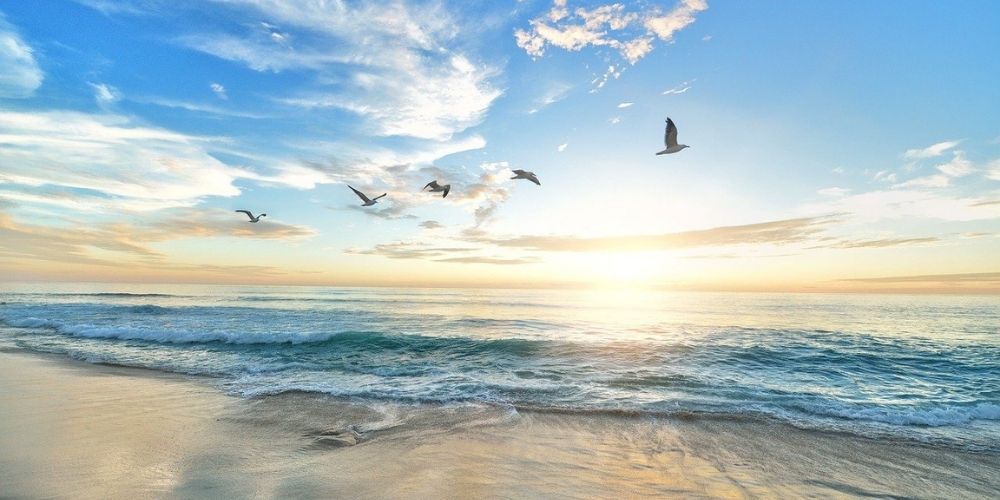
Every year, approximately 50,000 birds die in the Netherlands because they fly into a wind turbine. This must and can be done differently. Research that is being conducted at Eemshaven is going to discover whether RWE Renewables painting wind turbine blades black helps birds to fly safely between wind turbines. “Gulls, starlings, geese – we are going to do our best to prevent bird deaths,” says Arjen Schultinga, project leader at RWE.
A total of seven existing wind turbines in Eemshaven are involved, a single blade of each one will be painted black. The other two blades will remain colored white. The research is based on the idea that a turbine with a single black blade is more visible to birds, which in turn makes it easier for them to avoid the blades. The Dutch study is a follow-up to an earlier Norwegian study and focuses on local bird species.
Passing scenery
“You can compare it to the scenery that rushes by in the foreground when you’re on the train and looking out the window,” Schultinga explains. “You see a kind of haze. The Norwegian research shows that this is also the case with birds of prey. When there is a break in the turning pattern of the three blades, the wind turbine is more likely to be noticed by them.”
That, by the way, is something that can also be achieved with other colors and patterns. “With stripes, for example. But we know from the Norwegian research that the black color in any case works well for local birds of prey that fly around over there. We are now going to test whether it also works as well for the gulls, starlings and geese and at Eemshaven.”


Preventing stoppages
The fact that there would be fewer bird casualties also has other advantages. “In the province of Groningen, the plan is to shut down wind turbines at certain times because there are so many birds flying around at those particular times. You can prevent casualties this way, but the major disadvantage, of course, is that you are no longer generating sustainable energy at that point. While we so desperately need that energy. By painting the blades black, we are able to avoid this problem.”
Impact on the material
Even though the impact on birds and bats is the main focus of the study, other effects of the black-painted blades are also being looked at. “We would like to know what the impact is on the material, for one thing. Wind turbines operate under harsh conditions. What happens under those conditions if a blade attracts more heat because it is painted black? And can cracks in the blades still be detected accurately if they are painted black? We need to find answers to those questions.”
And more research questions
The opinions of local residents also need to be taken into account. After all, not only will birds notice the windmills more clearly, people may as well. “This is one of the concerns. The University of Groningen is going to investigate whether people are comfortable with the idea of this.” In any event, Schultinga himself is not bothered by the black blades. “I came to that conclusion the other day while driving past them myself in Eemshaven. I guess a lot of people don’t even notice so quickly that the blades are a different color, judging from my own experience.”
The study also has yet to determine whether pilots who regularly fly over the area are in favor of the black blades from an air safety point of view.
Follow-up steps
Very recently, the last wind turbine blade of the in total seven blades was also painted black. Two years from now, the first conclusions can be drawn from the study and eventual follow-up steps will also be taken. Schultinga: “Assuming that the results are positive, we could, for example, use black paint on blades of the new wind turbines that we purchase. We can also see if we can treat wind turbines on offshore wind farms. Of course, you also have to deal with bird casualties in those places. An added advantage is that the windmills are out of sight there, in case local residents might not appreciate the black blades after all.”


